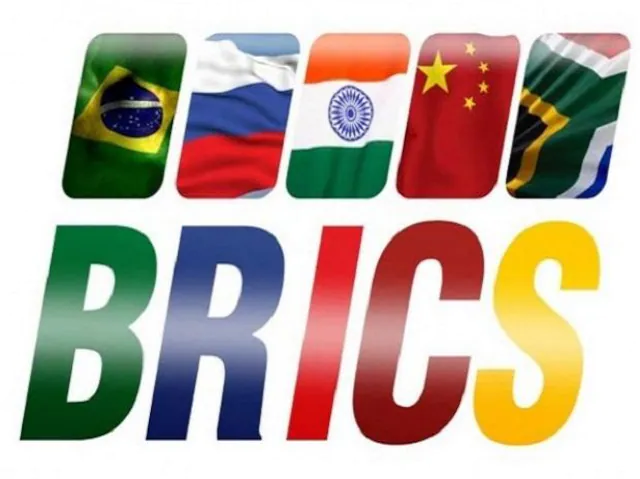A mix of clever railway ticket pricing and fortunate global conditions pushed thousands of Indians to start flying
There are a few things about the Indian railways’ performance and the boom in India’s aviation sector under the Narendra Modi government that catch the eye.
For one, in an unprecedented development, the number of rail passengers travelling in 2nd AC compartments in 2016-17 saw a steep decline from a year earlier. Secondly, fewer people have been using the Indian Railways services than during the last few years of the Manmohan Singh-led United Progressive Alliance (UPA) government.
Thirdly, the exponential growth seen in the number of India’s air travellers lately has as much to do with the pricing of railway tickets as with rising incomes and falling jet fuel prices leading to air tickets being more affordably priced.
And, finally, if India’s per capita income continues to increase at the pace it has over the past decade, and airlines continue to price tickets within the levels of decency – in addition to Indian Railways aiding airlines by providing poor services on trains despite rail tickets costing almost the same as air fares – there is little doubt that more Indians will pay a bit more and fly.
So, how were Indians forced to abandon railway tracks and take to the skies in greater numbers? The following nine charts will answer this question in greater detail:
India is flying, and so are Indians
There was a considerable dip in railway ridership on the broad gauge across all divisions during the first year of the Modi government. Even though the dip was reversed the following the year, the number of railway passengers in 2016-17 was still lower than in recent past. At the same time the number of air passengers in India rose quite sharply. The chart shows that at least a part of lost ridership of the railways could have potentially migrated to airlines.
No train. No cry. Just fly
One of the most striking aspects of the stagnating ridership of Indian railways is the fall in not just the number of 2nd class (sleeper) passengers in ordinary trains – the most used class of travel – but also a decline in the number of 2nd AC passengers in 2016-17. This indicates that at least some passengers preferred to book air tickets rather than similarly priced railway tickets in 2nd AC. The decline is also prominently visible in the second sleeper class of travel in ordinary trains. The chart captures these trends along with a significant rise in the number of 3rd AC passengers over the past few years...Read More


No comments:
Post a Comment